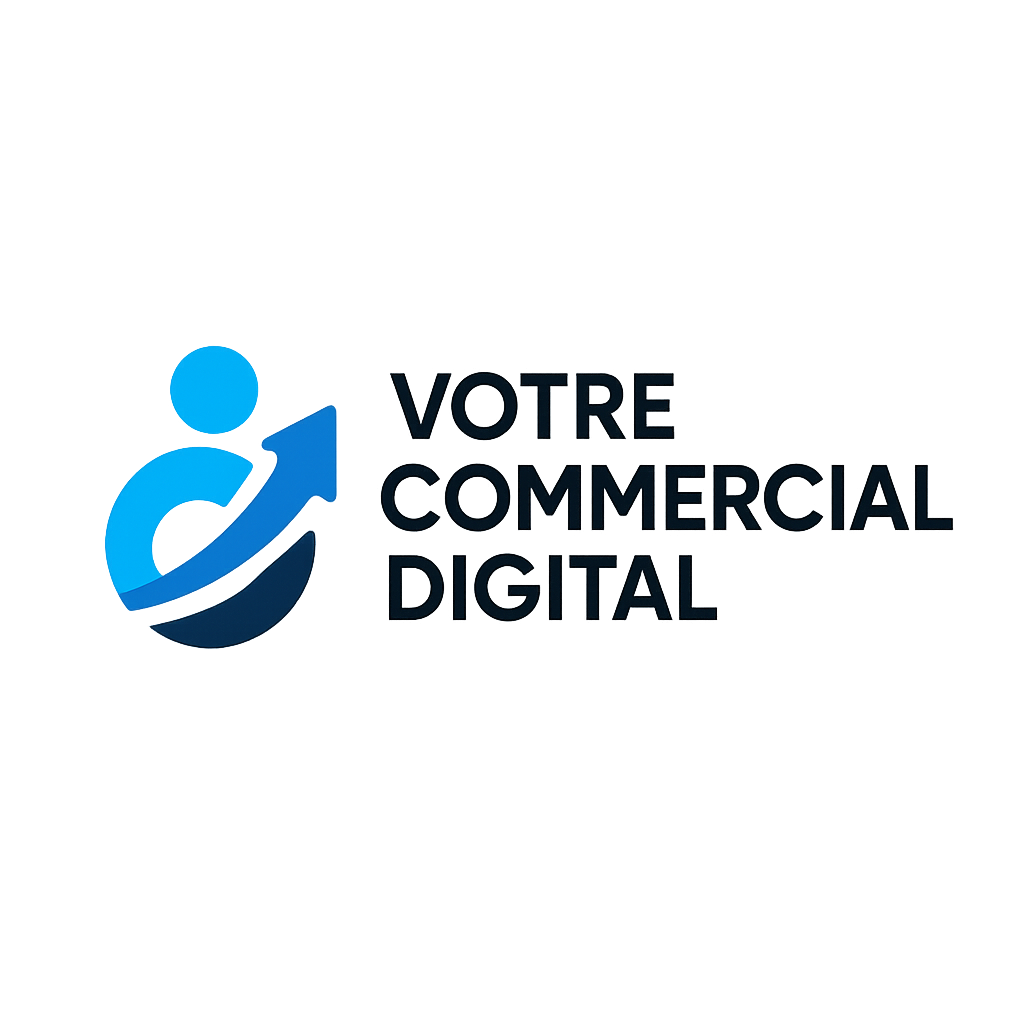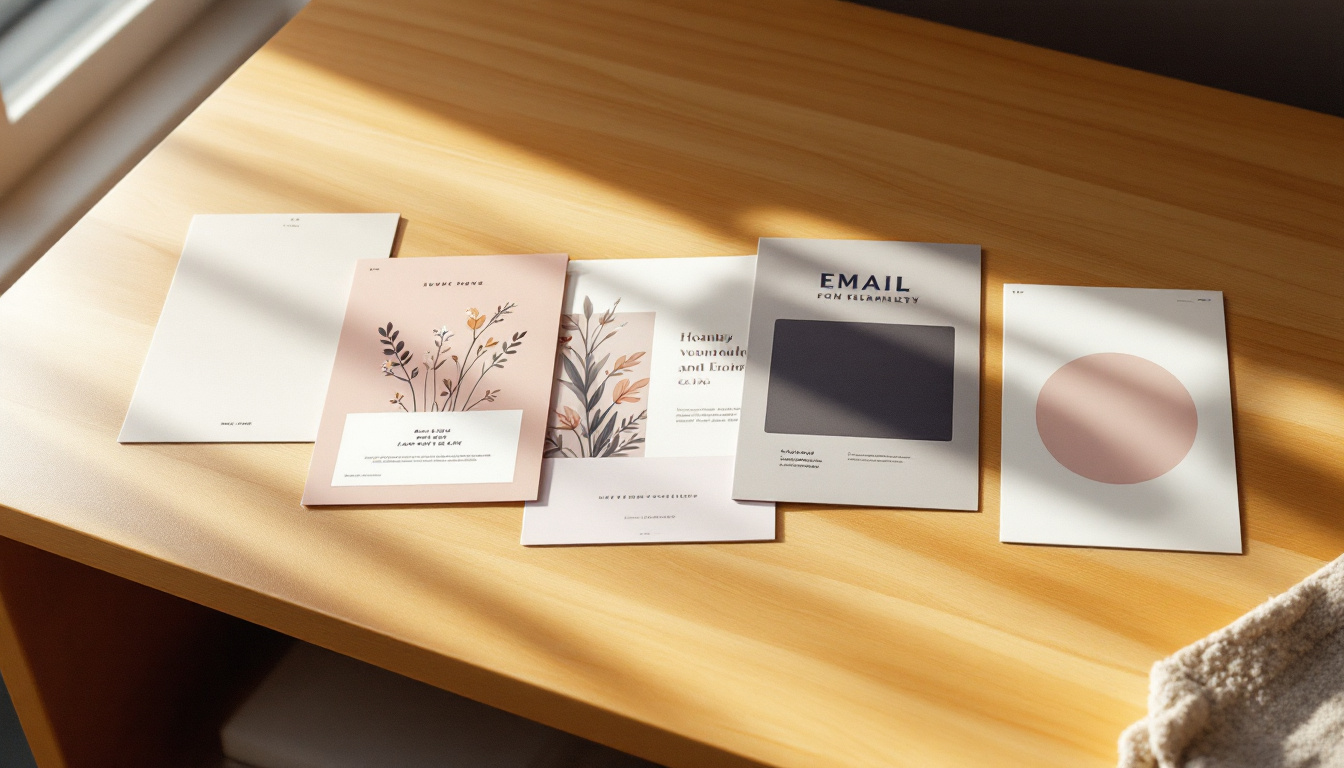Optimizing Email Follow-Up After a First Meeting: Effective Strategies and Examples for 2025
In the dynamic prospecting landscape of 2025, mastering the art of email follow-up has become essential to transforming a simple contact into a concrete opportunity. Whether following a first meeting, a demo, or a trade show, the way you follow up can make all the difference. With email inboxes saturated and competition fierce, sending a generic message is no longer enough. Adaptation, added value, and personalization are becoming essential pillars to capture the prospect’s attention and engage in discussion. The strategy must be finely calibrated, taking into account the context, the stage of the customer journey, and the habits of your target audience. In 2025, the optimal use of CRM tools, such as HubSpot or Pipedrive, allows you to automate and track these follow-ups with precision, coupled with a human and authentic approach. The Fundamentals of an Effective Follow-Up Email: Feedback and Best Practices
Email follow-ups must adhere to a clear structure and be designed to encourage a response without putting pressure on them. The key lies in providing context, providing concrete value, and a clear call to action. In 2025, it’s wise to integrate a precisely targeted touch into each message, using platforms like SendinBlue or Campaign Monitor, which allow for segmentation and automated personalization. The ideal structure includes:
A reminder of the previous meeting:
- To refresh the prospect’s memory and show them that you’ve paid attention to their specific needs. A renewed value proposition:
- By sharing new information, market research, or a recent benefit. A clear call to action
- : such as scheduling an appointment, offering a demo, or requesting specific feedback. Modern CRM tools also allow you to schedule emails at strategic times, such as one week after the initial exchange, to maintain the conversation without being pushy. It’s important to remember that each message must allow for a human touch, avoiding automation and adapting the tone to the previous relationship.
The Perfect Timing for Follow-Up: Knowing the Right Timeframe
Choosing the right time to follow-up with a prospect is just as crucial as the content of the message itself. In 2025, trends show that a period of 3 to 5 days after initial contact is optimal for an initial follow-up. After this time, the prospect has often forgotten or put your exchange aside. However, the wait must be balanced: too soon, you risk appearing pushy; too late, and your message could seem out of step. The second follow-up generally comes a week later, with a reformulation of your proposition or a new benefit to highlight. Perseverance pays off, but only if you avoid the harassment effect, which can damage your image. Using tracking boards in Notion or Trello is useful for visualizing these deadlines and adjusting your pace according to the prospect’s reaction.
Prospect Type
| Recommended Time Before Follow-Up | Specific Recommendations | Warm Prospect |
|---|---|---|
| 24 to 48 hours | Quick measurements, tailored offer, immediate response | Cold Prospect |
| 3 to 5 days | Soft follow-up, personalized content, >discreet follow-up< | Follow-up Following an Event |
| 1 to 2 days | Reiterate the context and suggest a new step | Adapt the message according to the stage of the journey and the prospect’s profile |
A follow-up email cannot be uniform. Depending on whether your contact is an operational decision maker or a manager, the approach must evolve. In 2025, segmentation will be refined thanks to tools like Zoho Campaigns or GetResponse, which allow extensive personalization. For example, for a CEO, a more succinct tone, oriented towards strategy and overall benefits, will be preferred. For operational staff, a detailed message on specific functionalities or use cases will be more relevant.
Here are some coping strategies:
Adopt a suitable tone: formal or relaxed depending on the interlocutor
- Refer to the specific situation of the prospect, integrating elements from their sector or their current context
- Propose a concrete action, such as a personalized demo or a relevant case study
- For example, if you met a marketing manager at a trade show, a reminder about a targeted promotion feature could hit the mark, especially if you saw recent activity on their site using a tracking tool integrated into your CRM.
Concrete examples of follow-up emails after a meeting
To illustrate these principles, here are five email templates to adapt according to your context. In 2025, the goal is to combine simplicity, creativity and efficiency, while respecting the targeted sales process.
Scenario
| Suggested subject | Key content | Follow-up after an unanswered proposition |
|---|---|---|
| Check out our offer — Still interested? | Recall the proposal, provide new information, suggest a meeting | After a demo or discovery call |
| Following our discussion — Ready to go further? | Thank you for their time, suggest a next step, adjust if necessary | Contact met at a trade show |
| Follow up by proposing a meeting or a demo, recalling their needs | Follow-up for an answer to a question | |
| Details to move forward together | Suggest a meeting to clarify or deepen the discussion | Follow-up as a deadline approaches |
| Last step to take advantage of our offer | Deadline reminder, limited offer, or early access | Essential tools to track and automate your follow-ups |
In 2025, integrating tools like HubSpot, Notion, or Pipedrive promotes smooth and efficient management. Automatic scheduling, open tracking, and response analysis allow you to refine each step. Platforms like MailChimp, SendinBlue, or Sarbacane offer advanced features for launching targeted, segmented, and pre-scheduled follow-up campaigns. CRM: Centralize and track every interaction
Emailing tools: Automate and personalize based on your profile
- Tracking: Know whether your emails have been read or not Analysis: Adjust your strategy based on the results
- Additional resources for mastering email follow-ups To expand your expertise, our selection of resources guides you in creating impactful messages. Discover, for example, how to organize a strategic meeting with a partner via this article, or how to follow up with a client after sending a proposal. Using tools like Notion, Trello, and HubSpot makes it easier to track, plan, and automate these operations. The key remains consistency and personalization to build a lasting and profitable relationship with your prospects.
- By leveraging these techniques and effectively using modern tools, your sales team can substantially increase conversion rates. Well-thought-out, respectful, and relevant follow-ups remain the cornerstone of any successful sales strategy this year again.



